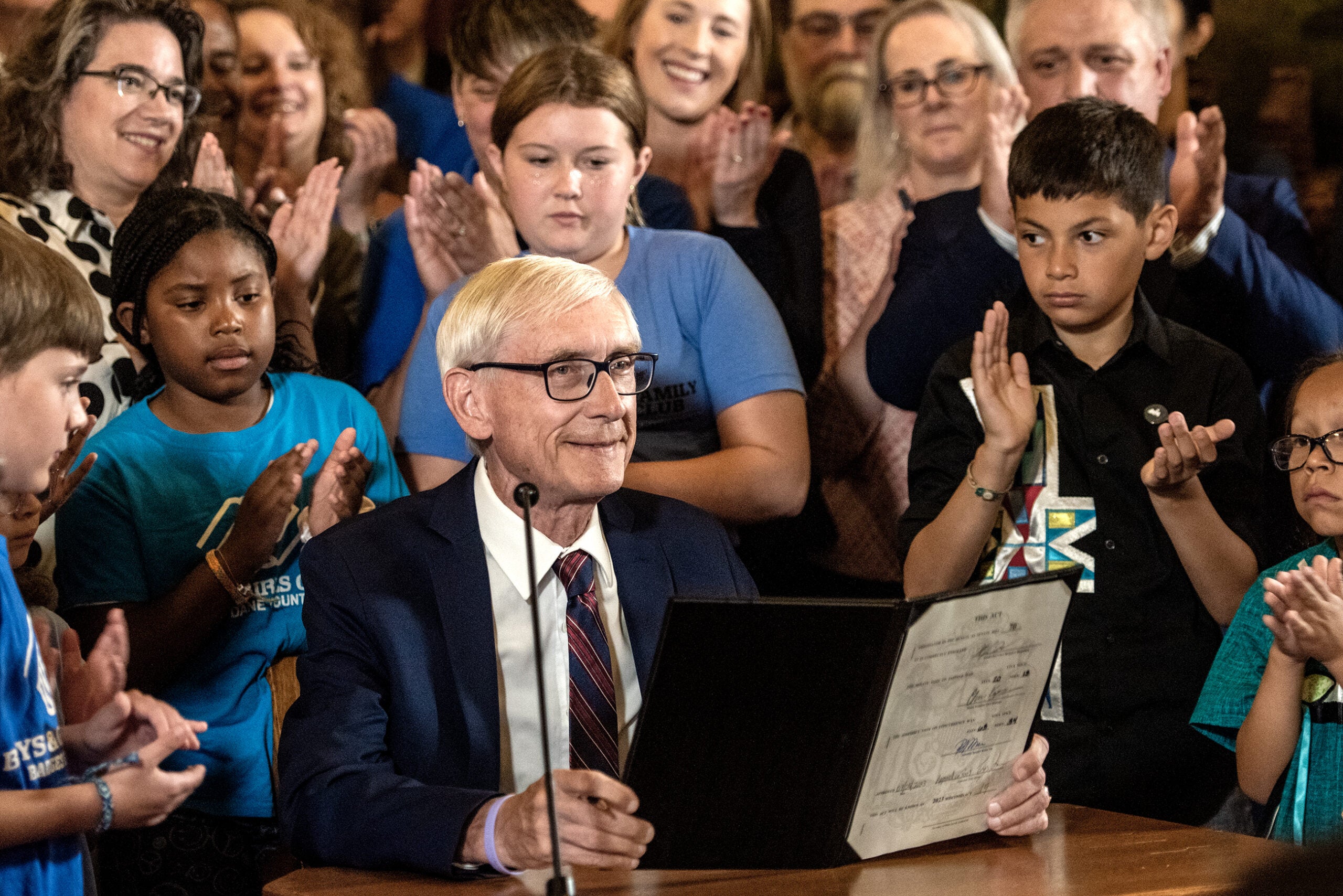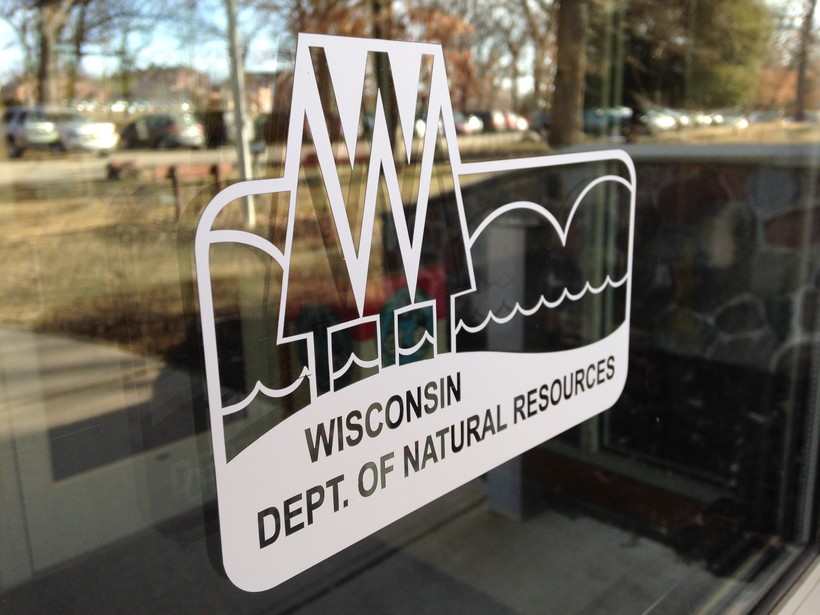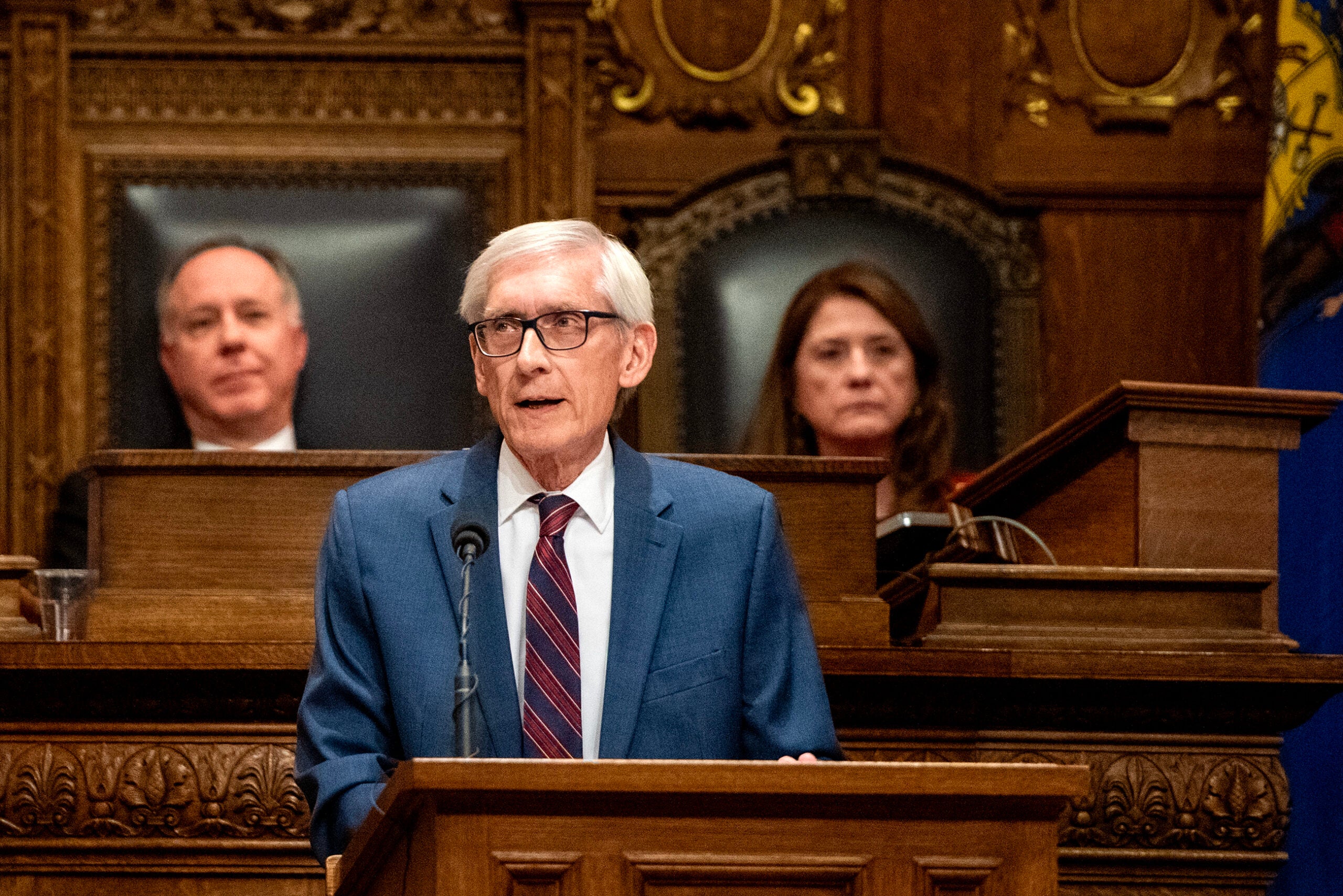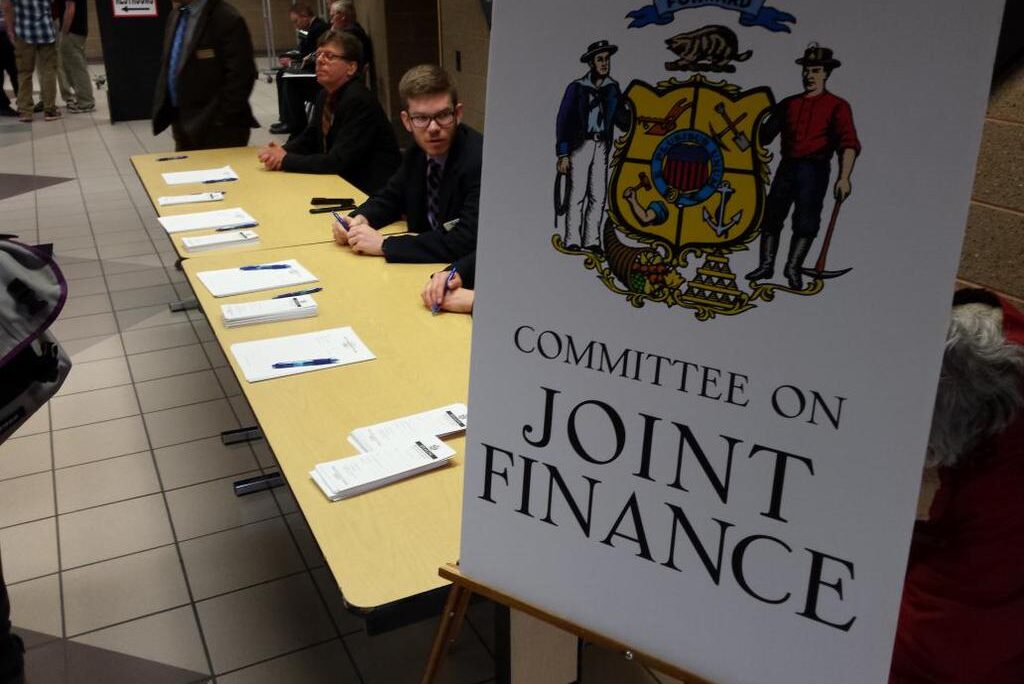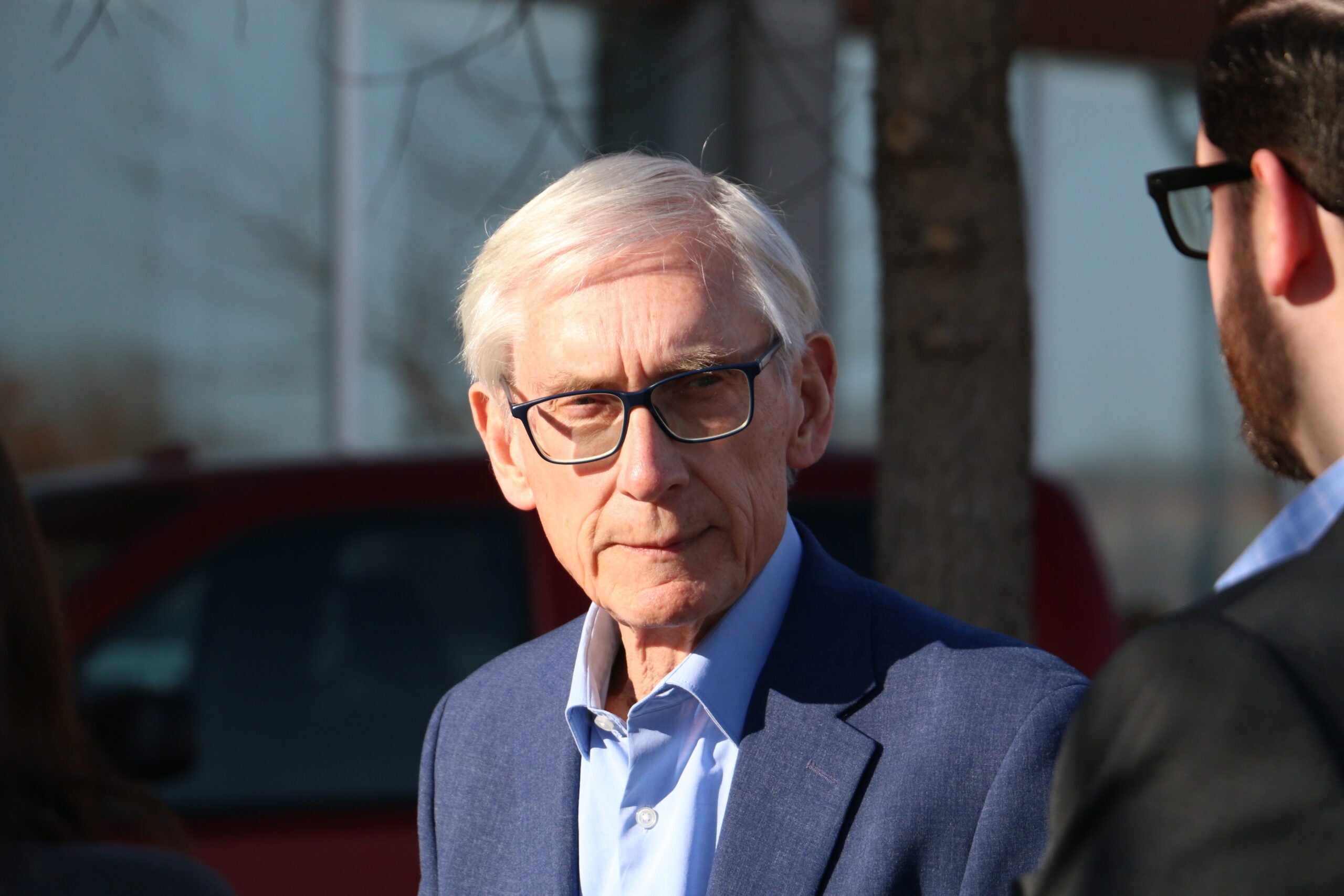State government made it official Monday: The last budget ended with a surplus of nearly $7.1 billion dollars — the highest in state history.
The number from the state’s annual fiscal report reflects the state’s general fund balance at the end of June. Though some of the surplus will be spent down over the next two years, the state is still projected to end the current budget with a surplus of about $4 billion.
Jason Stein, research director at the Wisconsin Policy Forum, said the surplus could be affected by an economic downturn or if fuel prices were to rise dramatically because of conflict in the Middle East.
News with a little more humanity
WPR’s “Wisconsin Today” newsletter keeps you connected to the state you love without feeling overwhelmed. No paywall. No agenda. No corporate filter.
Or, even though it might seem unlikely now, if GOP leaders and Democratic Gov. Tony Evers could agree on how to spend it.
“The Legislature and governor could come together and pass a big tax cut or pass a big increase in child care funding and that would further decrease the surplus,” he said.
At the start of budget negotiations, Evers proposed a $2.6 billion investment in schools and investment in a new paid family and medical leave program for private and public workers, among other programs. Republicans called for tax cuts, including for the state’s wealthiest residents.
In the end, Republicans deleted many of Evers’ budget proposals and gave him less than half of what he wanted for public schools, and the governor used his partial veto to reject a tax cut for the state’s top two brackets.
The state’s annual fiscal report also confirmed it had $1.8 billion dollars in its rainy-day fund as of the end of June. Stein said the surplus and rainy-day fund combined equal nearly half of what the state spent last year.
“I think everybody agrees that the state of Wisconsin does not need to carry reserves that equal almost half of its budgeted spending for a given year,” Stein said. “That’s very large. I mean, I can remember years where the state’s reserves would’ve covered only like 1 percent of net appropriations.”
In a written statement announcing the surplus figure Monday, Evers urged the Legislature to take up his latest workforce plan that includes child care funding, an expansion of family leave and more money for higher education.
“I’ve said from the beginning that with this historic surplus comes historic opportunity and responsibility — today, we can afford to do more,” Evers said.
On Monday, Evers also announced that he would put $170 million dollars in federal funding toward continuing a child care subsidy.
Republicans are moving forward with their own ideas for how to spend down the surplus, including a revived plan to cut taxes.
Wisconsin Public Radio, © Copyright 2026, Board of Regents of the University of Wisconsin System and Wisconsin Educational Communications Board.
